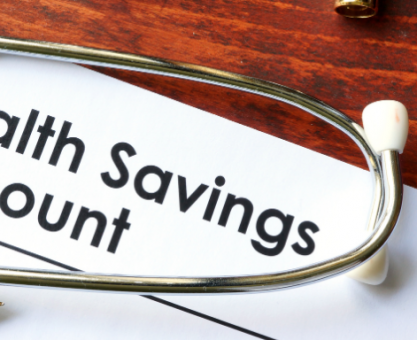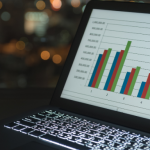Executive Summary
-
Understanding the importance of balancing emergency funds and retirement savings is crucial for gig economy workers.
-
Gig economy workers face unique financial challenges due to income variability and lack of employer benefits.
-
This article explores strategies for effectively managing both emergency funds and retirement savings.
-
Provides actionable tips to ensure financial security and a stable retirement plan.
Introduction
As a gig economy worker, navigating financial planning can often feel like walking a tightrope. With the freedom of choosing your projects comes the unpredictability of income streams and the absence of employer-sponsored retirement plans. This makes the question of balancing emergency funds with retirement savings particularly pressing. In this article, we’ll explore why this balance matters, especially for gig economy workers, and provide you with strategic insights to ensure financial security and peace of mind.
Definitions / Context
An emergency fund is a savings account dedicated to covering unexpected expenses, such as medical emergencies, car repairs, or sudden loss of income. It acts as a financial safety net.
Retirement savings are funds set aside for the post-working years, typically invested in accounts like IRAs or 401(k)s to grow over time and provide income during retirement.
Benefits / Pros
Emergency funds provide peace of mind by safeguarding against financial emergencies. They prevent the need for high-interest borrowing and offer quick access to cash when needed. Retirement savings, on the other hand, provide long-term financial stability through tax-advantaged growth and compound interest, ensuring a reliable income stream in your later years.
Risks / Cons / Challenges
Gig workers often face income variability, making consistent saving difficult. The absence of employer-sponsored plans like 401(k)s also adds to the challenge. Deciding how to prioritize emergency funds versus long-term retirement savings can be a difficult and personal financial decision.
How to Find the Right Balance
-
Assess your needs and calculate how much you’ll require for emergencies and future retirement.
-
Set savings goals for each fund based on your monthly income and expected expenses.
-
Automate contributions to reduce the risk of inconsistent savings.
-
Regularly review your progress and adjust contributions based on life changes or income shifts.
Jane, a freelance graphic designer, built her financial safety net by allocating 10% of her income to an emergency fund and 15% into a Roth IRA. She automated her savings contributions to ensure consistency, even during slower months. After five years, Jane had enough in her emergency fund to cover six months of expenses and a growing retirement portfolio that gave her peace of mind about the future.
Case Study: Freelance Designer Balancing Short-Term and Long-Term Savings
Expert Tips / Strategic Insights
Diversify your income streams to stabilize earnings across months. Open a SEP IRA or Solo 401(k) for higher contribution limits and tax advantages. Conduct quarterly financial reviews to ensure your saving habits align with your current income and long-term goals.
Tools / Resources / Calculators
-
Emergency Fund Calculator
-
Retirement Savings Estimator
-
Budgeting Apps like YNAB, PocketGuard, and Mint
Conclusion
Balancing emergency funds with retirement savings is essential for freelancers and gig workers looking to achieve both short-term financial protection and long-term wealth. With a strategic approach, consistent contributions, and smart use of tools, it’s possible to secure both your present and your future. Start now and give your financial plan the foundation it deserves.
Call to Action
Need Help With Balancing Emergency Funds and Retirement Savings?
Schedule a free consultation with our strategy team to simplify your decision-making and enhance your financial security.























